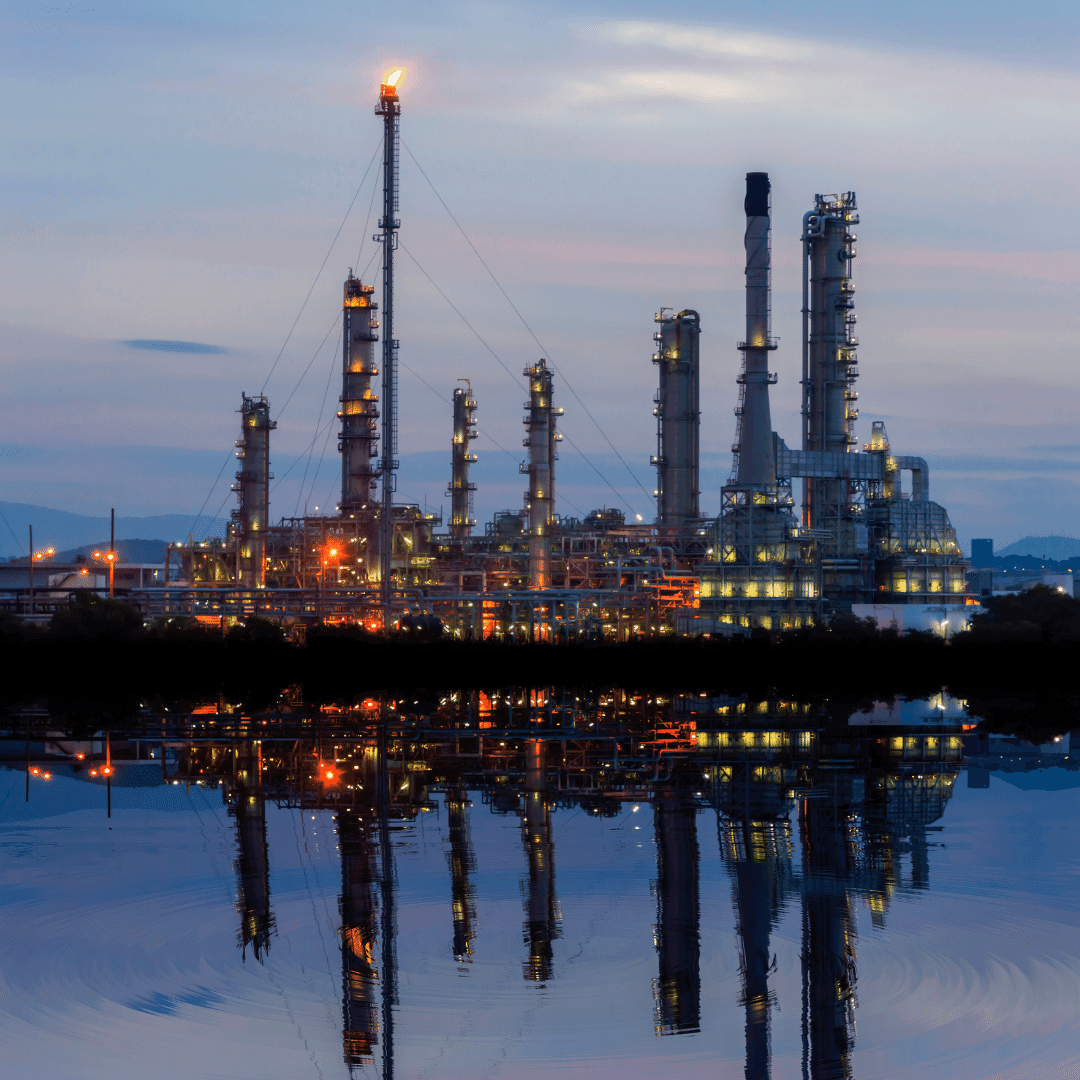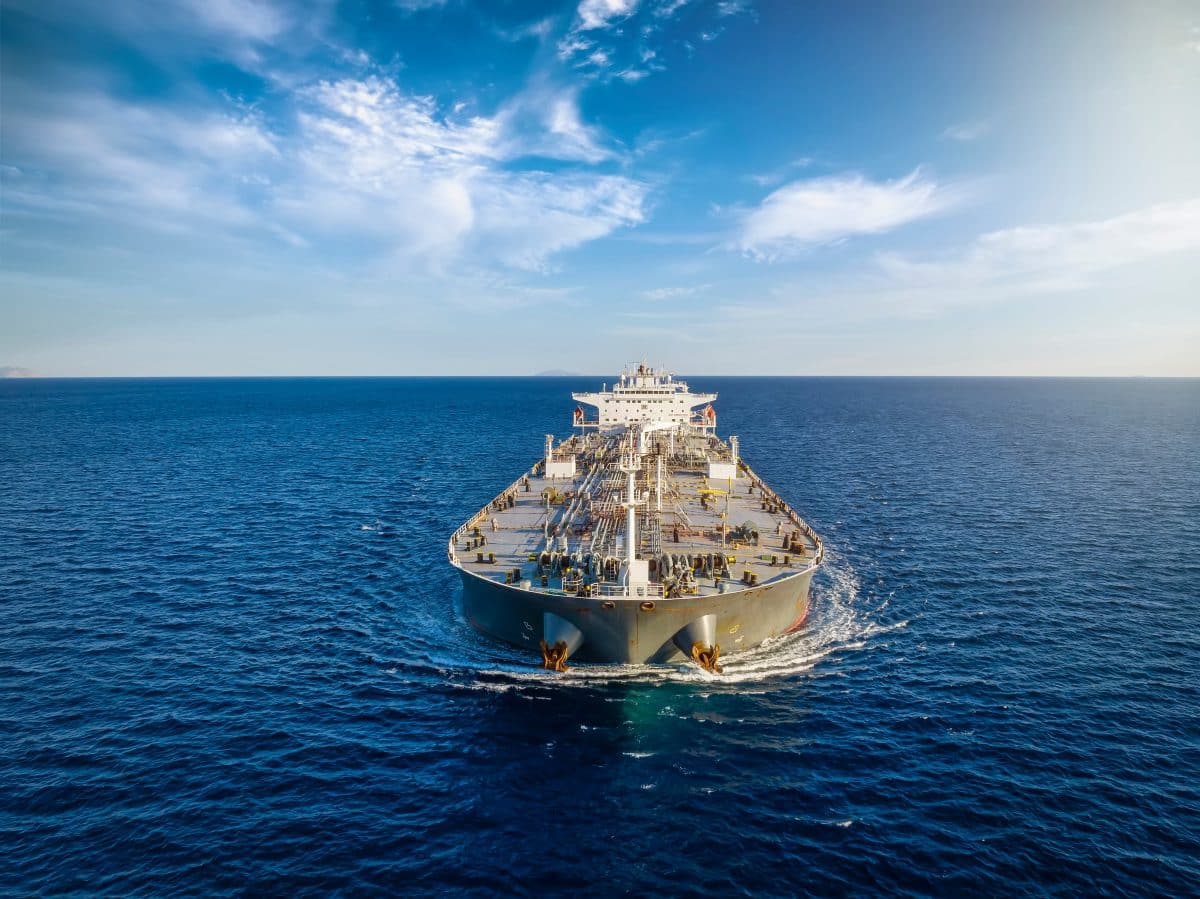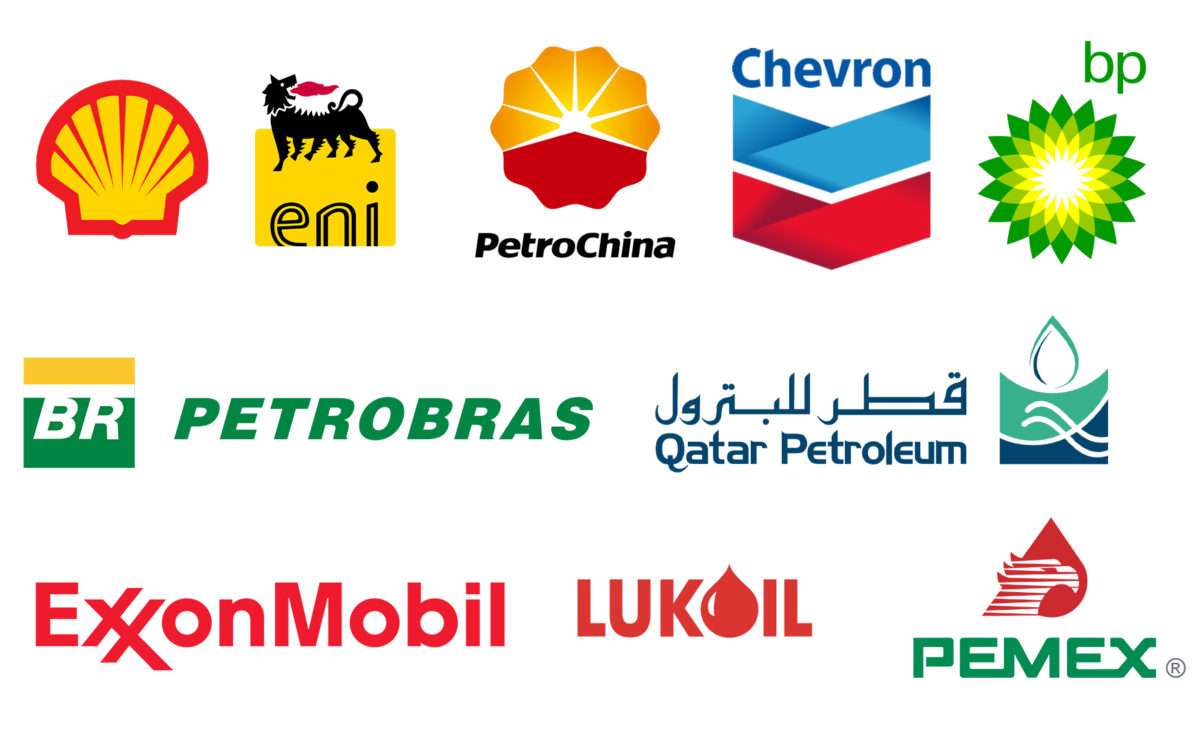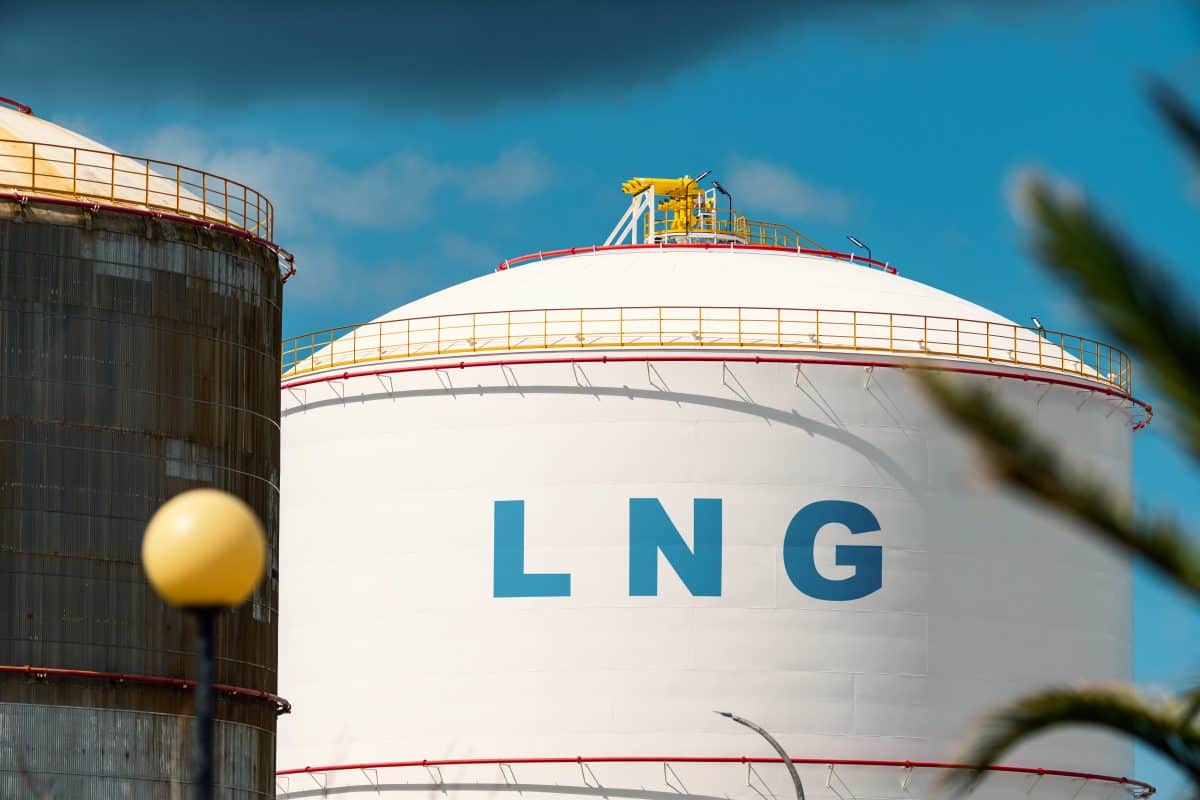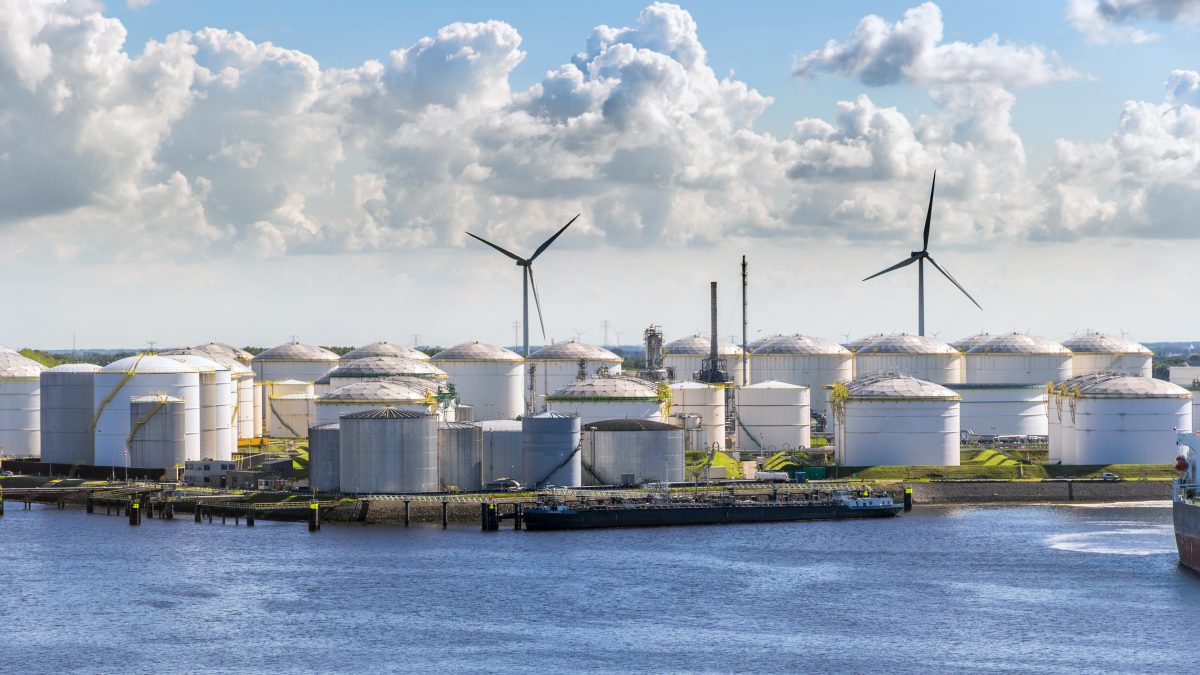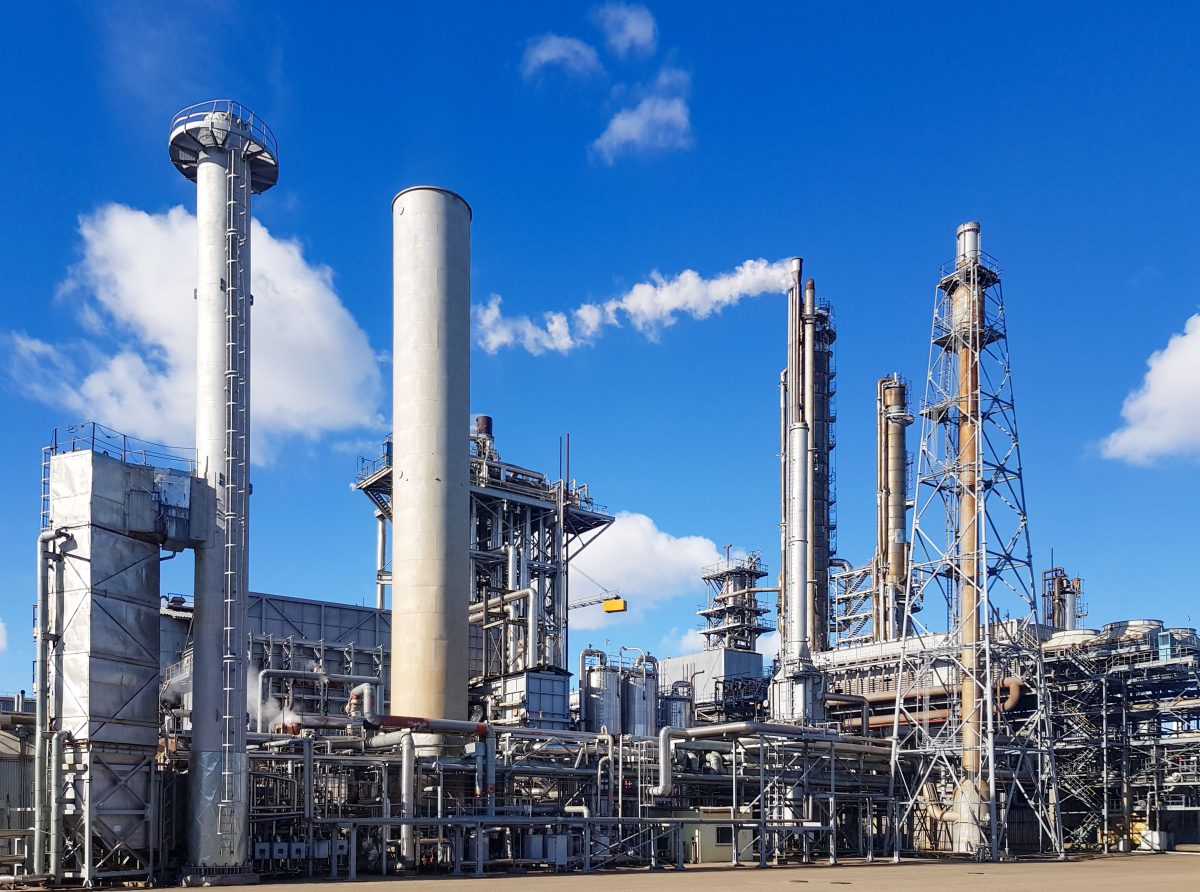Chevron announced plans to acquire oil and gas company Hess for $53 billion in stock.
Less than two weeks prior, Exxon Mobil announced it is acquiring oil company Pioneer Natural Resources for $59.5 billion in stock.
On Tuesday, the International Energy Agency released its annual world energy outlook report that projects global demand for coal, oil and natural gas will hit an all-time high by 2030, a prediction the IEA’s executive director Fatih Birol had telegraphed in September.
“The transition to clean energy is happening worldwide and it’s unstoppable. It’s not a question of ‘if,’ it’s just a matter of ‘how soon’ — and the sooner the better for all of us,” Birol said in a written statement published alongside his agency’s world outlook. “Taking into account the ongoing strains and volatility in traditional energy markets today, claims that oil and gas represent safe or secure choices for the world’s energy and climate future look weaker than ever.”
But based on their acquisitions, Chevron and Exxon are seemingly preparing for a different world than the IEA is portending.
“The large companies — nongovernment companies — do not see an end to oil demand any time in the near future. That’s one of the messages you have to take from this. They are committed to the industry, to production, to reserves and to spending,” Larry J. Goldstein, a former president of the Petroleum Industry Research Foundation and a trustee with the not-for-profit Energy Policy Research Foundation, told CNBC in a phone conversation Monday.
“They’re in this in the long haul. They don’t see oil demand declining anytime in the near term. And they see oil demand in fairly large volumes existing for at least the next 20, 25 years,” Goldstein told CNBC. “There’s a major difference between what the big oil companies believe the future of oil is and the governments around the world.”
So, too, says Ben Cahill, a senior fellow in the energy security and climate change program at the bipartisan, nonprofit policy research organization, Center for Strategic and International Studies.
“There are endless debates about when ‘peak demand’ will occur, but at the moment, global oil consumption is near an all-time high. The largest oil and gas producers in the United States see a long pathway for oil demand,” Cahill told CNBC.
Africa, Asia driving demand
Globally, momentum behind and investment in clean energy is increasing. In 2023, there will be $2.8 trillion invested in the global energy markets, according to a prediction from the IEA in May, and $1.7 trillion of that is expected to be in clean technologies, the IEA said.
The remainder, a bit more than $1 trillion, will go into fossil fuels, such as coal, gas and oil, the IEA said.
Continued demand for oil and gas despite growing momentum in clean energy is due to population growth around the globe and in particular, growth of populations “ascending the socioeconomic ladder” in Africa, Asia and to some extent Latin America, according to Shon Hiatt, director of the Business of Energy Transition Initiative at the USC Marshall School of Business.
Oil and gas are relatively cheap and easy to move around, particularly in comparison with building new clean energy infrastructure.
“These companies believe in the long-term viability of the oil and gas industry because hydrocarbons remain the most cost-effective and easily transportable and storable energy source,” Hiatt told CNBC. “Their strategy suggests that in emerging economies marked by population and economic expansion, the adoption of low-carbon energy sources may be prohibitively expensive, while hydrocarbon demand in European and North American markets, although potentially reduced, will remain a significant factor.”
Also, while electric vehicles are growing in popularity, they are just one section of the transportation pie, and many of the other sections of the transportation sector will continue to use fossil fuels, said Marianne Kah, senior research scholar and board member at Columbia University’s Center on Global Energy Policy. Kah was previously the chief economist of ConocoPhillips for 25 years.
“While there is a lot of media attention given to the increasing penetration of electric passenger vehicles, global oil demand is still expected to grow in the petrochemical, aviation and heavy-duty trucking sectors,” Kah told CNBC.
Geopolitical pressures also play a role.
Exxon and Chevron are expanding their holdings as European oil and gas majors are more likely to be subject to strict emissions regulations. The U.S. is unlikely to have the political will to force the same kind of stringent regulations on oil and gas companies here.
“One might speculate that Exxon and Chevron are anticipating the European oil majors divesting their global reserves over the next decade due to European policy changes,” Hiatt told CNBC.
“They are also betting domestic politics will not allow the U.S. to take significant new climate policies directed specifically to restrain or limit or ban the level of U.S. oil and gas domestic production,” Amy Myers Jaffe, a research professor at New York University and director of the Energy, Climate Justice and Sustainability Lab at NYU’s School of Professional Studies, told CNBC.
Goldstein expects the ever-expanding U.S. national debt will eventually put all kinds of government subsidies on the chopping block, which he says will also benefit companies such as Exxon and Chevron.
“All subsidies will be under enormous pressure,” Goldstein said, the intensity of that pressure dependent on which party is in the White House at any given time. “By the way, that means the large financial oil companies will be able to weather that environment better than the smaller companies.”
Also, sanctions of state-controlled oil and gas companies in countries like those in Russia, Venezuela and Iran are providing Exxon and Chevron a geopolitical opening, Jaffe said.
“They likely hope that any geopolitically driven market shortfalls to come can be filled by their own production, even if demand for oil overall is reduced through decarbonization policies around the world,” Jaffe told CNBC. “If you imagine oil like the game of musical chairs, Exxon Mobil and Chevron are betting that other countries will fall out of the game regardless of the number of chairs and that there will be enough chairs left for the American firms to sit down, each time the music stops.”
Oil that can be tapped quickly is a prioity
Known oil reserves are increasingly valuable as European and American governments look to limit the exploration for new oil and gas reserves, according to Hiatt.
“Notably, both Pioneer and Hess possess attractive, well-established oil and gas reserves that offer the potential for significant expansion and diversification for Exxon and Chevron,” Hiatt told CNBC.
Oil and gas reserves that can be brought to market relatively quickly “are the ideal candidates for production when there is uncertainty about the pace of the energy transition,” Kah told CNBC, which explains Exxon’s acquisition of Pioneer, which gave Exxon more access to “tight oil,” or oil found in shale rock, in the Permian basin.
Shale is a kind of porous rock that can hold natural gas and oil. It’s accessed with hydraulic fracking, which involves shooting water mixed with sand into the ground to release the fossil fuel reserves held therein. Hydrocarbon reserves found in shale can be brought to market between six months and a year, where exploring for new reserves in offshore deep water can take five to seven years to tap, Jaffe told CNBC.
“Chevron and Exxon Mobil are looking to reduce their costs and lower execution risk through increasing the share of short cycle U.S. shale reserves in their portfolio,” Jaffe said. Having reserves that are easier to bring to market gives oil and gas companies increased ability to be responsive to swings in the price of oil and gas. “That flexibility is attractive in today’s volatile price climate,” Jaffe told CNBC.
Chevron’s purchase of Hess also gives Chevron access in Guyana, a country in South America, which Jaffe also says is desirable because it is “a low cost, close to home prolific production region.”
CNBC, Catherine Clifford, 25 October, 2023

